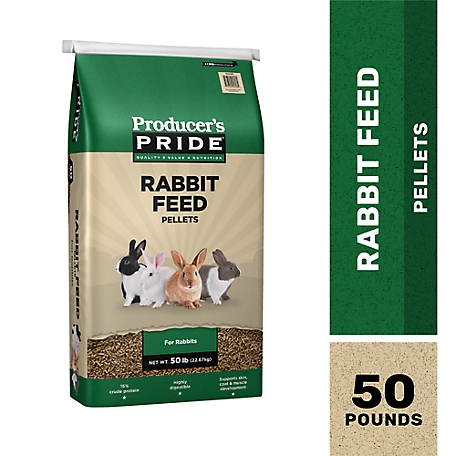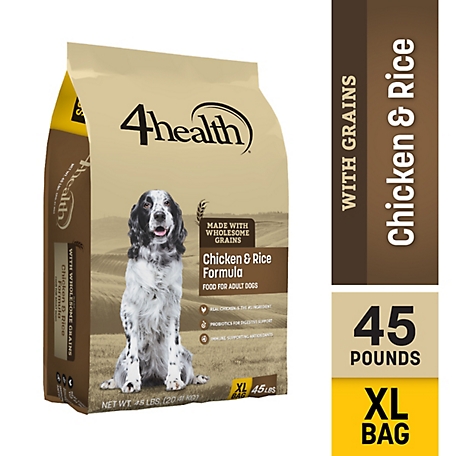Producer’s Pride 15% Protein Rabbit Feed, 50 lb.
Finding the right feed can be both costly and confusing. By offering delicious and quality nutrition at a great price, Producer’s Pride makes it easy to give your animals everything they need to stay happy and healthy without breaking the bank.
Quality Feed at an Everyday Great Value
Finding the right feed can be both costly and confusing. By offering delicious and quality nutrition at a great price, Producer’s Pride makes it easy to give your animals everything they need to stay happy and healthy without breaking the bank.
A Healthy Rabbit = A Happy Rabbit
Feed your rabbit everything needed to maintain healthy skin and coat, develop strong muscles and support an active immune system. Producer’s Pride Rabbit Feed is a dry feed designed to meet the needs of rabbits.
We Love Animals and Know Just What Their Bodies Require
Who better to make food for pets than farmers? At Tractor Supply Company, we bring our deep passion for land and animals to the center of our products and services. By sourcing the best local produce, utilizing superior water purification processes and thoroughly testing our formulas, we guarantee excellent quality food for your pets.
About This Formula
Producer’s Pride Rabbit Feed is a rabbit formula designed to meet the nutritional needs of rabbits. This wholesome 15% protein feed, aids digestion while providing optimal nutrition to support skin, coat and muscle development.
Additional information
| Food Product Form | Dry |
|---|---|
| Health Features | General Wellness |
| Life Stage | All Life Stages |
| Packaged Height | 29 in. |
| Packaged Length | 5 in. |
| Packaged Weight | 50 lb. |
| Packaged Width | 15 in. |
| Package Size | 50 lb. |
| Packaging Type | Bag |
| Manufacturer Part Number | 46821 |










by Renee
Both our rabbits seem to like it!
by Bonnie
My rabbits love this food!
by Jen
Great product this is what we use on a daily basis for our rabbits and the same brand for our goat. They love it and eat it very well so it’s great for us all around.
by Hether
one of the cheaper ones, rabbit loves it.
by Sherry
Good quality. Good value.